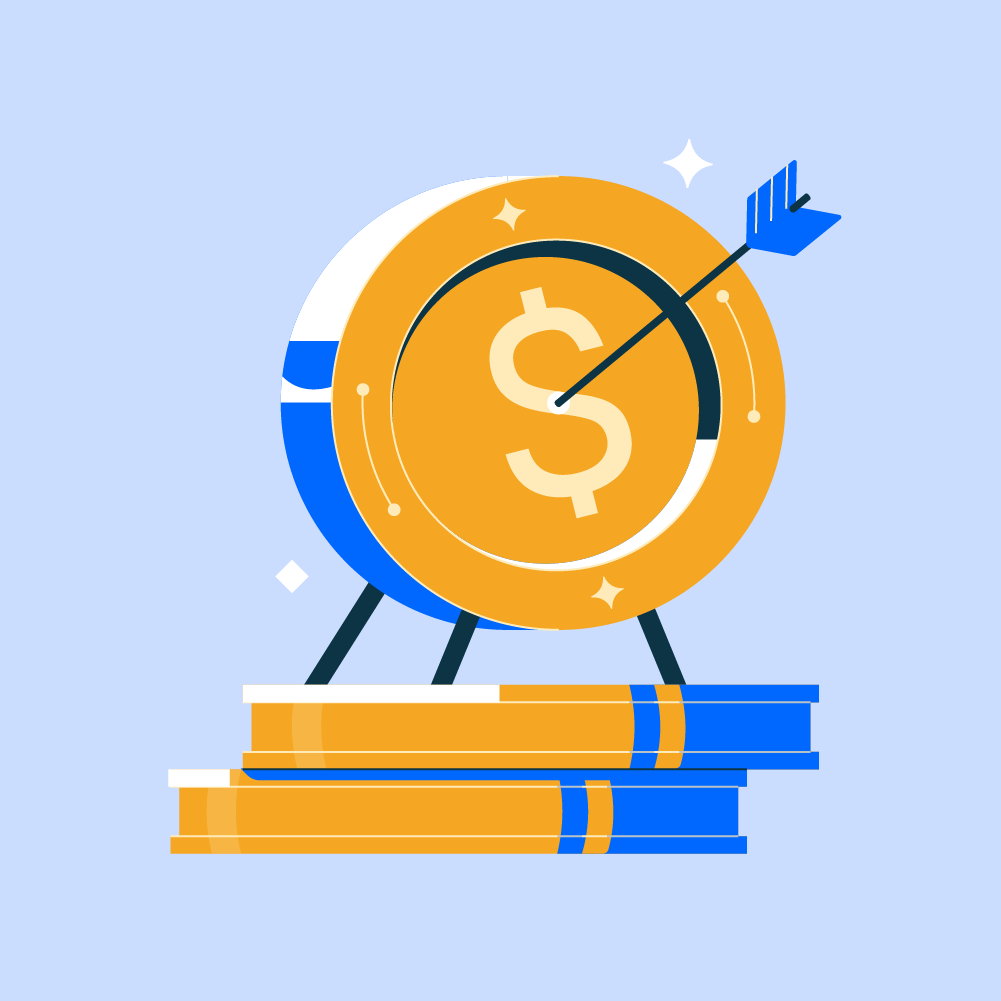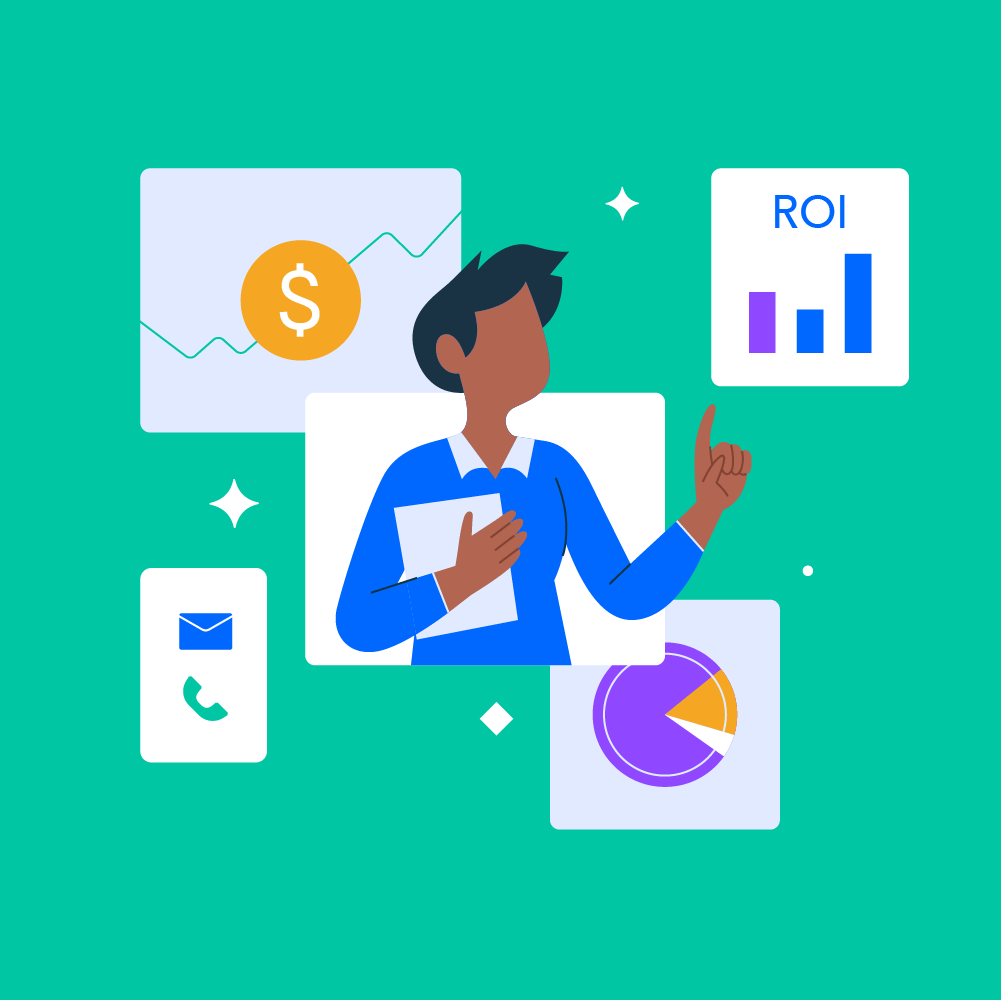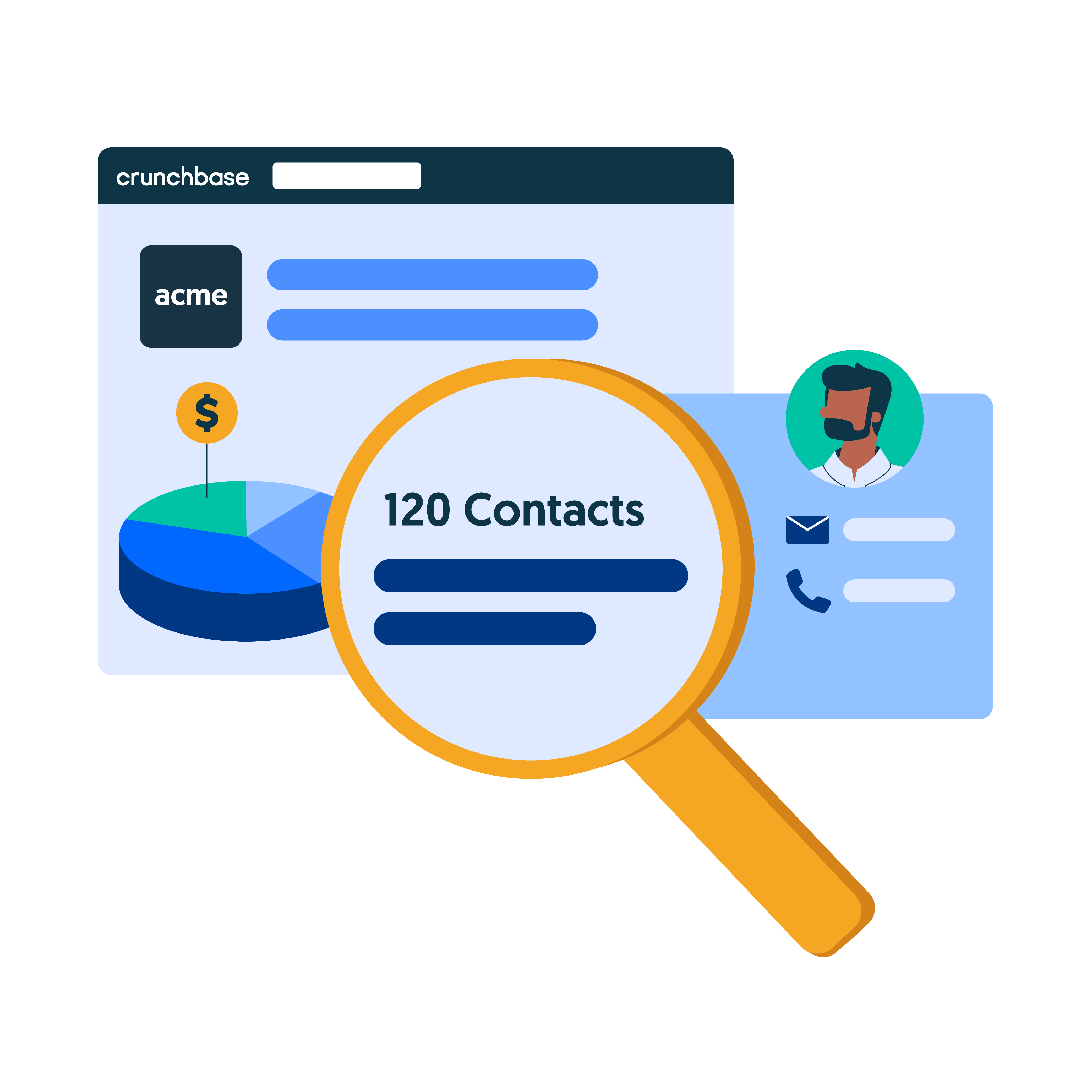This article is part of the Crunchbase Community Contributor Series. The author is an expert in their field and a Crunchbase user. We are honored to feature and promote their contribution on the Crunchbase blog.
Please note that the author is not employed by Crunchbase and the opinions expressed in this article do not necessarily reflect official views or opinions of Crunchbase, Inc.
B2B tech sales in 2021 has seen some big changes. The biggest by far? The emergence of buyers in the sales process.
The days of tech sales teams controlling the entry points to the sales funnel are over. The days of sales teams leading potential customers through their own process regardless of customer desires are over.
The buyer is in charge now, and they don’t want the old method of tech sales gatekeeping and jumping through hoops.
What does the modern buyer want?
“Customers complete 28% of purchases on Amazon in three minutes or less… and half of all purchases are finished in less than 15 minutes.” This statistic is directly from Jeff Bezos’ 2020 Letter to Shareholders. If you don’t think this buying behavior is coming to your B2B sales cycle, think again.
For years, B2B and B2C buying behaviors were considered quite separate. B2C was based on convenience and emotion and desire, and happened quickly. B2B was based on logic and reason and had a long, tightly controlled sales cycle.
But that’s not what’s happening anymore and we’re not going back to the old way.
Consumers of all kinds got used to the frictionless convenience of buying experiences like Amazon and Uber and Airbnb. They started to expect all B2C buying experiences to be as seamless as the tech giants and then they began to expect the same of the B2B buying experience as well.
Buyers are informed
B2B buyers used to be dependent on sales and marketing teams to get info about the product, technical specs, and demos of how the product actually worked. You could hold back demos until a prospect sat through a discovery call, or set a meeting with their manager or decision-maker.
But the internet has broken down these barriers. Now prospects can do extensive research on your product and your competitors without ever talking to a salesperson. In fact, 57% of the purchase decision is complete before a customer even calls the supplier, according to CEB.
Prospects can even find tours and demos of your product on YouTube before you show them anything. They’re doing the research and making purchase decisions without ever consulting your sales team – they just don’t want to wait and jump through those hoops any longer just to get information.
And they’re getting more and more of their information and making purchase decisions online – 67% of the buyer’s journey is now done digitally. Buyers aren’t interested in sitting through multiple meetings with your BDRs and AEs anymore just to get a glimpse of a product tour. That’s especially true when the product demo doesn’t show what they need and is considered a “standard” demo.
Buyers are independent
That last point also applies here – buyers are now accustomed to being in the driver’s seat during the B2C buying process. They’re accustomed to browsing on their own time, doing their own research, and making a purchase decision by themselves.
And this same desire for independence is creeping into the B2B sales process as well. With the rise of product-led growth, where prospects can test out your software on their own with just a few clicks, buyers are increasingly expecting more control over their journey to become a customer.
People want to try things before they buy them now. That’s the direction the economy has been headed over the last few years, and that trend shows no signs of slowing down. This is especially true in the tech world with more free trial options for software products appearing every day.
If you’re not offering your potential customers the chance to at least check out your product, and possibly try it themselves, they’ll probably start to wonder if you’re hiding something. Mix in the fact that your competitors may be offering access, and you are potentially behind before you even get started.
Buyers are overwhelmed with options
If all these trends make the B2B tech world sound like a buyer’s paradise, there are downsides to being a modern buyer as well. One of the most challenging is the overwhelming amount of options and information available to buyers today.
It’s easy for modern buyers to get swamped by a deluge of easily available information and multiple options for software solutions. Plus, there are more people than ever driving purchase decisions these days. The average number of people involved in a single B2B purchase has climbed to 6.8 in recent years, according to Harvard Business Review.
Software purchase options are complex as well, and buyers struggle to understand what they really need and want. The solution, however, isn’t gatekeeping or forcing buyers to talk to a salesperson to get help sorting out options. Today’s independent buyers don’t want that either.
How product-led growth can help
Tech sales needs to adapt to the reality of the new buying process. Instead of trying to push buyers back into the old methods of sales, try a product-led sales and growth approach.
Product-led growth is about simplifying the sales process so your buyers can:
- get the information they need without being overwhelmed
- understand quickly exactly what your product does
- test the product themselves without hand holding from your sales team
A thoughtful product-led growth approach can give your buyers the independence and frictionless user experience they have come to expect. They can get hands-on with the product themselves instead of waiting for your PreSales team to give them a demo that may or may not align with their use cases.
Slack is a great example of a company taking a product-led growth approach. The platform allows the creation of free Slack communities so you can test the product, but once you hit a certain number of messages you lose access to older conversations. We first created the PreSales Collective Slack community on this free version, but when we hit our limit of 10,000 free messages and started to lose history, we realized how important Slack was to our user experience. That prompted us to upgrade Slack and pay for the service to keep our message history and add additional features, without ever talking to a sales rep.
But there’s also still plenty of importance on the sales and PreSales roles in the product-led growth environment as well. At some point, many prospects will still want to talk to a salesperson to address questions, talk about pricing, and discuss implementation. And your PreSales pros will play a critical role in ensuring the demos and freemium options on your website offer a clear and compelling use case to your buyers.
Key Takeaways
The buying process in 2021 for B2B tech sales has changed, and there’s no going back. Tech sales and PreSales teams need to adapt to the new normal. Understand the evolving buyer behavior and determine if your sales organization is making their buying process frictionless or full of antiquated hoops.
James Kaikis is the co-founder of the PreSales Collective, the largest global community for PreSales professionals. Kaikis has spent his technology career in a variety of company sizes including startups, scale-ups and enterprise, including Salesforce.com. His experience is in both presale and postsale roles, relentlessly focused on customer centricity through the customer journey.






